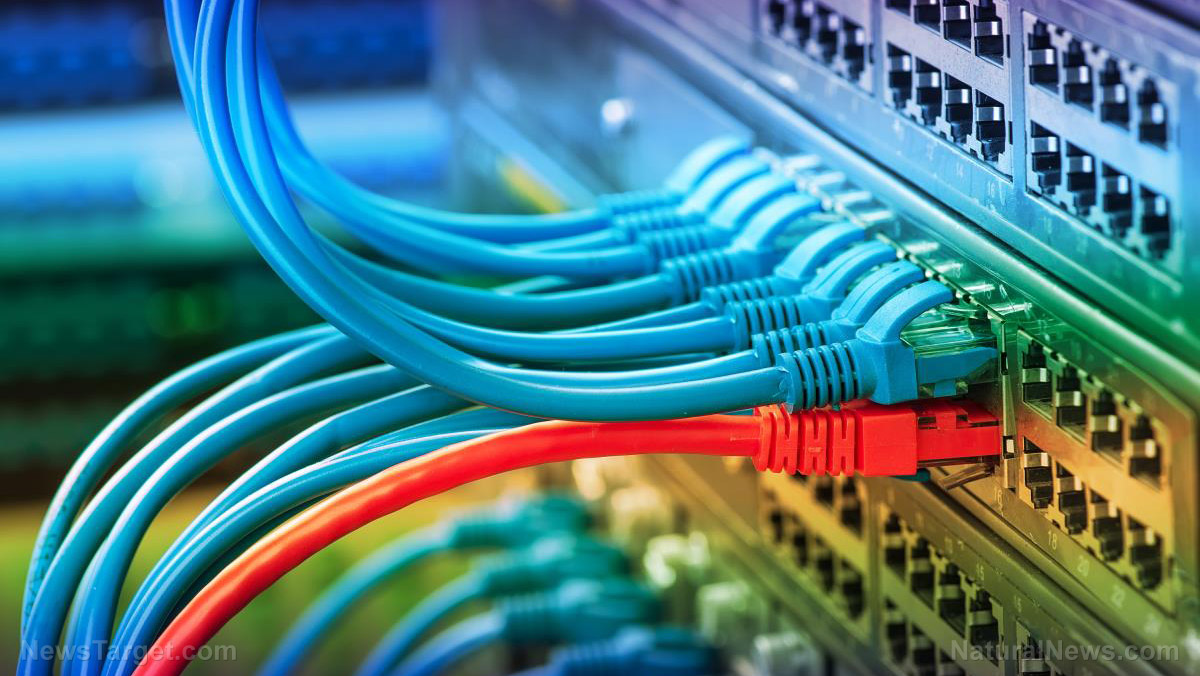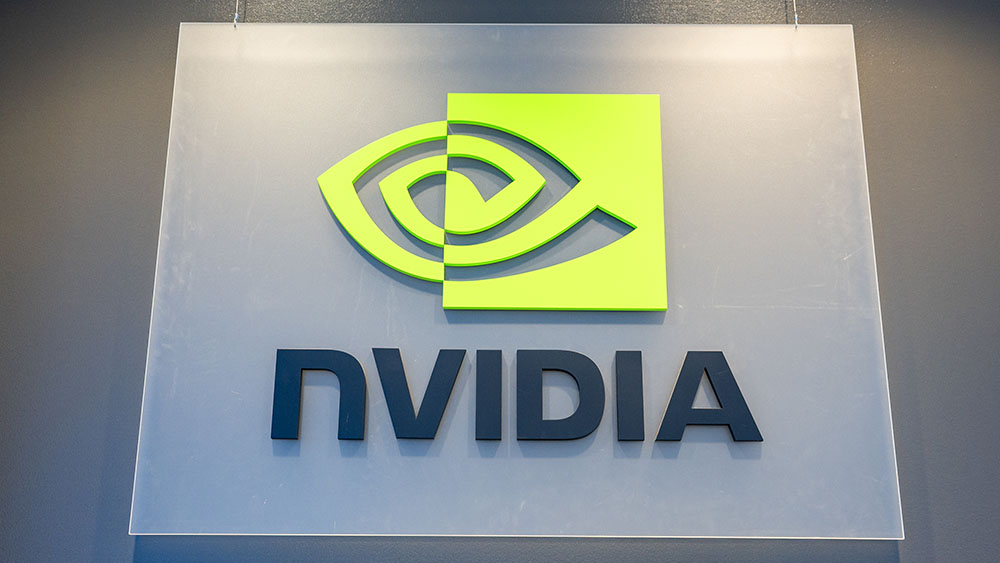Japanese researchers shatter internet speed record with fiber optic breakthrough 4 million times faster than U.S. broadband
07/15/2025 / By Cassie B.

- Japan sets new internet speed record at 125,000 GB/s, which is 4 million times faster than average U.S. broadband.
- Breakthrough uses 19-core optical fiber, matching current cable thickness but with 19x the capacity.
- Technology maintains speed over 1,120 miles, solving long-distance signal loss with advanced amplification.
- Innovation could future-proof global networks amid surging data demands from AI, 5G, and IoT.
- U.S. risks falling behind without major infrastructure upgrades to compete with next-gen speeds.
Researchers in Japan have shattered the world record for internet speed, transmitting data at a blistering 125,000 gigabytes per second—roughly 4 million times faster than the average U.S. broadband connection. This groundbreaking achievement, accomplished over a distance of 1,120 miles using revolutionary optical fiber technology, could redefine global telecommunications and meet the exploding demand for data in an increasingly digital world.
The breakthrough, announced by Japan’s National Institute of Information and Communications Technology (NICT), was presented at the 48th Optical Fiber Communication Conference in San Francisco. Unlike previous attempts that required entirely new infrastructure, this innovation packs 19 separate fibers into a cable no thicker than existing single-fiber lines, proving that the future of high-speed data transmission lies not in reinventing the wheel, but in refining it.
A quantum leap in fiber optics
At the heart of this achievement is a new type of optical fiber that minimizes data loss over long distances. Traditional fiber cables suffer from signal degradation as light fluctuates across vast stretches, but the NICT team engineered a solution: a 19-core fiber where each strand interacts with light uniformly, drastically reducing interference. The result? A cable just 0.127 millimeters thick—the same as current single-fiber lines—but with 19 times the capacity.
“The result represents a major step forward in developing scalable, high-capacity networks,” the NICT stated. The implications are staggering. At these speeds, users could download the entire Internet Archive—a repository of billions of web pages—in under four minutes. For context, the average American household struggles to stream 4K video without buffering at a mere 290 Mbps.
Overcoming the limits of distance
The team’s earlier experiments in March 2023 achieved similar speeds but only across short distances. The real challenge was maintaining signal integrity over 1,120 miles—roughly the span between New York and Florida. By refining amplification techniques and reducing data loss, they looped the transmission 21 times through 86.1-kilometer fiber spans, simulating a cross-continental network.
The key to this success was the use of advanced amplifiers tuned to work across multiple wavelength bands, ensuring the signal remained strong throughout its journey. The system employed 180 wavelengths modulated with 16QAM—a complex encoding method—to handle parallel data streams without collapsing under the load.
Why this matters for the future of data
Global data traffic is projected to skyrocket in the coming years, driven by AI, 5G expansion, and the Internet of Things. Existing infrastructure, already straining under current demands, will soon be obsolete without breakthroughs like this. The NICT’s innovation offers a lifeline: a way to exponentially increase bandwidth without replacing the millions of miles of undersea and underground cables already in place.
“Future networks could carry petabit speeds without new cable shapes,” noted a report by TechRadar. The NICT’s 19-core fiber achieves a “capacity-distance product” of 1.86 exabits per second-kilometer—a metric that combines speed and range, setting a new benchmark for scalability.
The road to real-world deployment
While the technology isn’t yet ready for commercial use, the team is now focused on improving amplifier efficiency and signal processing to bridge the gap between lab and marketplace. The goal is to integrate this system into existing telecommunications networks, ensuring seamless upgrades rather than costly overhauls.
For consumers, this could eventually mean near-instant downloads, lag-free virtual reality, and unprecedented cloud computing capabilities. For governments and corporations, it promises a way to future-proof critical infrastructure against the tidal wave of data demand.
A wake-up call for the U.S.
The contrast between Japan’s achievement and America’s sluggish broadband speeds is dramatic. While U.S. providers tout “gigabit” connections as cutting-edge, the average household speed remains a fraction of what this new technology can deliver. The NICT’s work underscores a troubling reality: without significant investment in next-gen infrastructure, the U.S. risks falling further behind in the global digital race. Japan’s record-breaking internet speed isn’t just a technical marvel; it’s a glimpse into a future where data flows effortlessly across continents, enabling innovations we can scarcely imagine today.
Sources for this article include:
Submit a correction >>
Tagged Under:
Big Tech, breakthrough, computing, Glitch, high-speed internet, information technology, internet, internet speed, technological innovations
This article may contain statements that reflect the opinion of the author
RECENT NEWS & ARTICLES
COPYRIGHT © 2017 BigTech.news
All content posted on this site is protected under Free Speech. BigTech.news is not responsible for content written by contributing authors. The information on this site is provided for educational and entertainment purposes only. It is not intended as a substitute for professional advice of any kind. BigTech.news assumes no responsibility for the use or misuse of this material. All trademarks, registered trademarks and service marks mentioned on this site are the property of their respective owners.

















